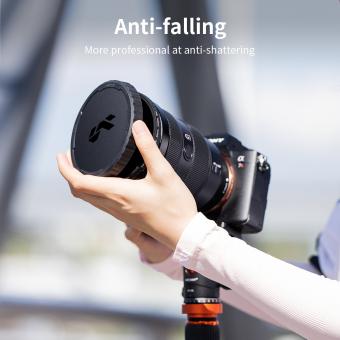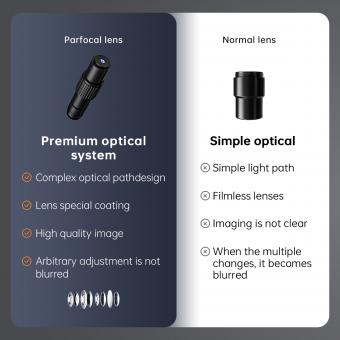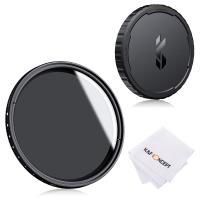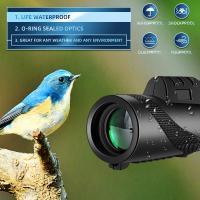Are Light Microscope Specimen Dead Or Alive ?
Light microscope specimens can be either dead or alive. In general, light microscopes are used to observe living specimens, such as cells, tissues, and microorganisms, in real-time. However, they can also be used to examine fixed and stained specimens, which are typically dead. Fixed specimens are treated with chemicals to preserve their structure and prevent decay, while stained specimens are treated with dyes to enhance their contrast and visibility under the microscope. Therefore, whether a light microscope specimen is dead or alive depends on the type of specimen and the purpose of the observation.
1、 - Introduction to Light Microscopy

Light microscope specimens can be either dead or alive. In fact, light microscopy is commonly used to observe living cells and organisms in real-time. However, the preparation of specimens for light microscopy often involves killing and fixing the cells or tissues to preserve their structure and prevent decay. This means that many specimens viewed under a light microscope are indeed dead.
In recent years, there has been a growing interest in developing techniques for observing living specimens under a light microscope. One such technique is called live-cell imaging, which involves using specialized equipment and fluorescent dyes to observe the behavior of living cells in real-time. This technique has revolutionized the field of cell biology, allowing researchers to study cellular processes such as division, migration, and signaling in unprecedented detail.
Another technique that has gained popularity in recent years is called 3D imaging, which allows researchers to view specimens in three dimensions. This technique has been particularly useful for studying complex structures such as tissues and organs, as it allows researchers to visualize the spatial relationships between different cells and structures.
In conclusion, while many specimens viewed under a light microscope are indeed dead, there are now techniques available that allow researchers to observe living specimens in real-time. These techniques have opened up new avenues for research in the field of cell biology and have the potential to lead to new discoveries and breakthroughs in our understanding of the natural world.
2、 - Specimen Preparation for Light Microscopy
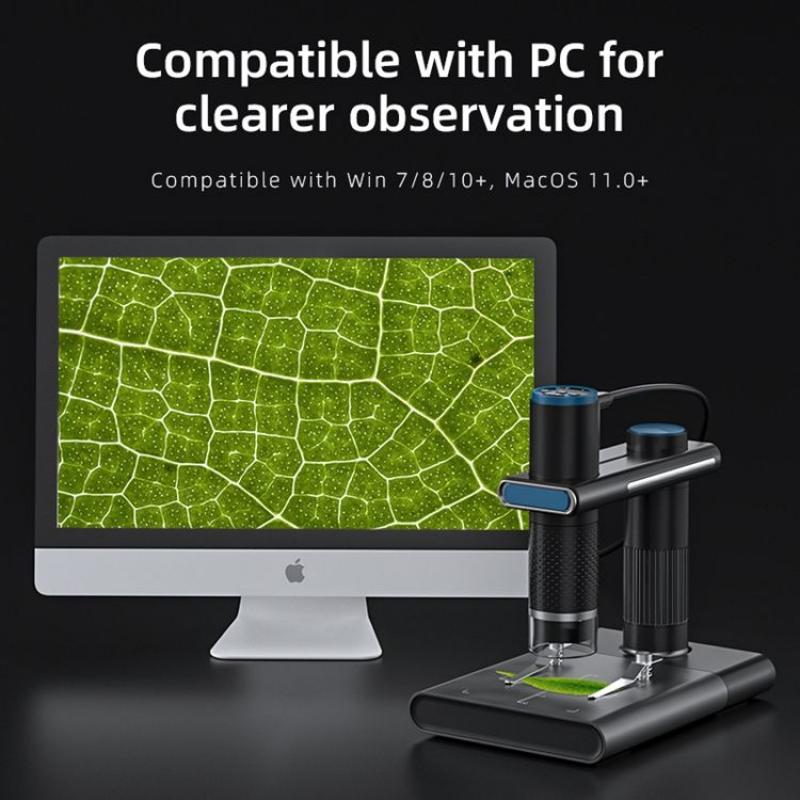
The specimens used in light microscopy can be either dead or alive. In fact, both types of specimens are commonly used in research and diagnostic applications. Dead specimens are often used in histology, where tissues are fixed and stained to preserve their structure and allow for examination under the microscope. This technique is commonly used in medical diagnosis to identify abnormal cells or tissues.
On the other hand, live specimens are used in a variety of applications, including cell biology, microbiology, and developmental biology. Live specimens can be observed in real-time, allowing researchers to study their behavior and interactions with other cells or organisms. In some cases, live specimens can be manipulated using genetic or chemical techniques to study their function or response to stimuli.
It is worth noting that the use of live specimens in research has raised ethical concerns in some cases, particularly when it involves animal models. However, advances in technology have allowed for the development of alternative methods, such as in vitro cell culture and organoids, which can provide valuable insights into biological processes without the use of live animals.
In summary, both dead and live specimens can be used in light microscopy, depending on the research question and application. The use of live specimens has provided valuable insights into biological processes, but ethical considerations must be taken into account.
3、 - Live Specimen Observation with Light Microscopy
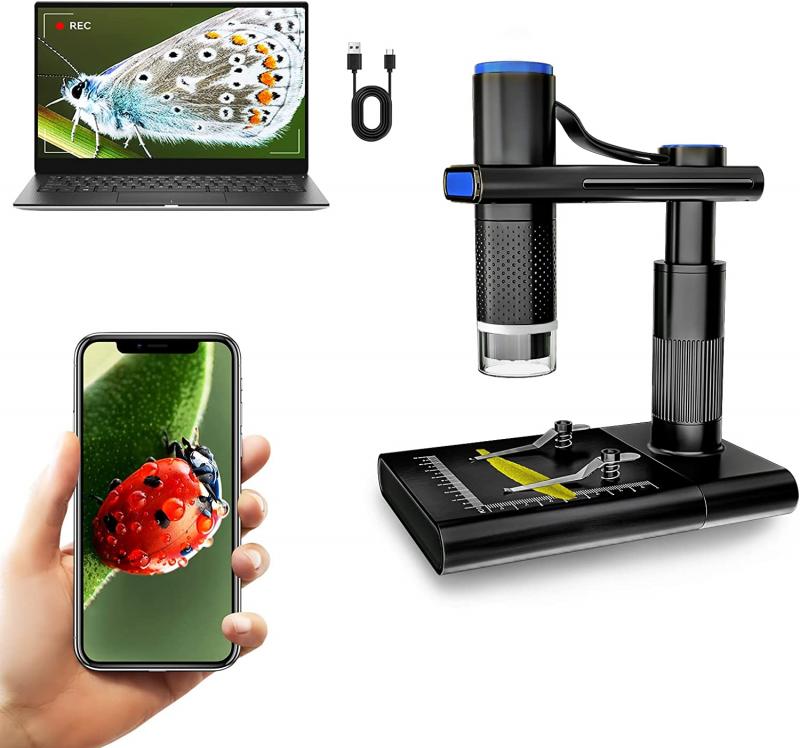
Live specimen observation with light microscopy involves observing living organisms or cells under a light microscope. Therefore, the specimens observed are alive. This technique is commonly used in biology and medical research to study the behavior and characteristics of living organisms.
In the past, light microscopy was limited in its ability to observe living specimens due to the low resolution and contrast of the images produced. However, with the advancement of technology, modern light microscopes are now capable of producing high-resolution images with improved contrast, allowing for better observation of living specimens.
Live specimen observation with light microscopy has many advantages over other techniques such as electron microscopy, which requires the specimen to be dead and fixed. By observing living specimens, researchers can study the behavior and interactions of cells and organisms in real-time, providing valuable insights into biological processes.
In conclusion, live specimen observation with light microscopy involves observing living organisms or cells, and the specimens observed are alive. This technique has become increasingly important in modern biology and medical research, providing valuable insights into the behavior and characteristics of living organisms.
4、 - Dead Specimen Observation with Light Microscopy
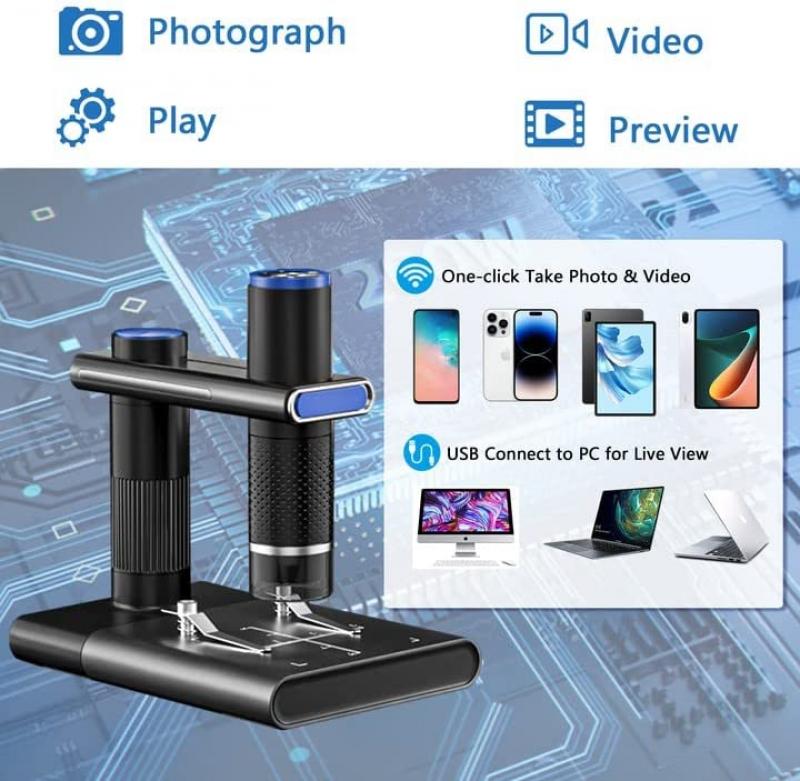
Dead Specimen Observation with Light Microscopy
The specimens observed with light microscopy can be either dead or alive. However, in the case of dead specimens, the process of preparing the sample for observation can affect the quality of the image obtained. The preparation process can involve fixation, staining, and mounting, which can alter the structure and composition of the specimen.
Fixation involves the use of chemicals to preserve the specimen and prevent decay. This process can cause shrinkage or distortion of the specimen, which can affect the accuracy of the observation. Staining is used to enhance the contrast of the specimen, making it easier to observe. However, some stains can also alter the structure of the specimen, making it difficult to interpret the results.
Mounting involves placing the specimen on a slide and covering it with a cover slip. This process can cause compression of the specimen, which can affect the accuracy of the observation. In addition, air bubbles can form between the specimen and the cover slip, which can also affect the quality of the image obtained.
In recent years, there has been a growing interest in observing live specimens using light microscopy. Advances in technology have made it possible to observe living cells and tissues in real-time, without the need for fixation or staining. This approach, known as live-cell imaging, has revolutionized the field of microscopy and has led to new discoveries in cell biology and medicine.
In conclusion, while light microscopy can be used to observe both dead and alive specimens, the preparation process can affect the quality of the image obtained. Advances in technology have made it possible to observe live specimens in real-time, without the need for fixation or staining, leading to new discoveries in the field of microscopy.











